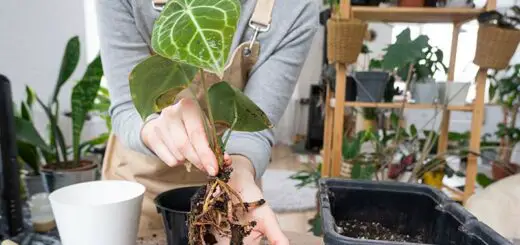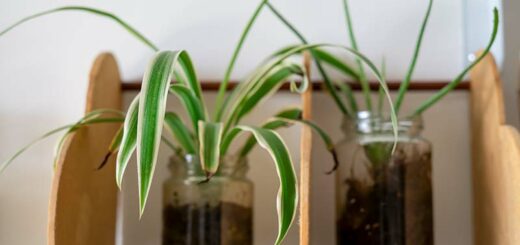Unusual Houseplants You May Have Never Heard Of
Houseplants are not just an addition to your interior aesthetics; they are living pieces of art with unique attributes, distinctions, and individuality. As a plant enthusiast, diving into the world of unusual houseplants can be a truly fascinating journey. The dizzying array of plant variations is both beautiful and whimsical, taking the form of dolphins or even bearing money-like round leaves. In this exploration, we’ll delve into the natural wonders of Dolphin Succulents, Pilea Peperomioides or the Chinese Money Plant, and the Queen of all Airplants, Tillandsia Xerographica. Each of these incredible creatures has a story to tell, laden with evolutionary miracles, survival tactics, and sheer beauty.
Dolphin Succulents
Understanding Dolphin Succulents
The Dolphin Succulent is a fascinating member of the succulent family. It is a hybrid creation from the string of pearls and hot dog cactus that carries the intriguing botanical name Senecio Peregrinus. The plant’s leaves, their structure, and the unique shape, explicitly inspired its common name. When one catches a glimpse of these delightful plants, the resemblance to a pod of playful dolphins is uncanny.
Attraction in the Leaves
What draws plant enthusiasts to this peculiar succulent is the distinctive shape of its leaves. The leaves of the Dolphin Succulent appear like tiny dolphins leaping in a playful arc. Each one seems meticulously crafted by nature and is a perfect representation of the aquatic mammal. Bright green in color, the leaves are plump and waxy, much like their namesake’s smooth, round bodies.
Dolphin Succulents – Easy to Nurture
Beyond their charming appearance, Dolphin Succulents are celebrated for their easy-to-care-for nature. These plants prefer bright, indirect light and can thrive just as well under fluorescent lights. They require minimal watering, making them a perfect addition to any office or busy household. In terms of temperature, Dolphin Succulents can comfortably survive in average room temperatures, between 65 and 75°F.
Growing Dynamics of Dolphin Succulents
Considering their unique form, one would expect that Dolphin Succulents demand particular growing conditions; however, this isn’t the case. These resilient plants show a robust adaptation to various climates, including dry or humid environments. However, Dolphin Succulents are not frost-hardy, so they should be brought indoors during colder months. Because they are prone to root rot, a well-draining soil mix is recommended.
Flowering Traits of Dolphin Succulents
Adding to their allure, Dolphin Succulents bloom in the upper areas of their arching stems. Their sweetly fragrant, white-pink flowers resemble bewitching airborne balloons. The flowers usually bloom from late winter through early spring, adding a touch of color and whimsy to any indoor garden during these starker months.
Dolphin Succulents – A Unique Addition to Your Indoor Garden
The playful charm of Dolphin Succulents makes them a unique addition to any succulent collection or indoor garden. Their attention-grabbing appearance, combined with their easy-care nature, makes them a popular choice among indoor gardeners and succulent enthusiasts alike. Whether you are a budding hobbyist or an experienced gardener, the Dolphin Succulent is a gorgeous, low-maintenance plant certain to spruce up any space.
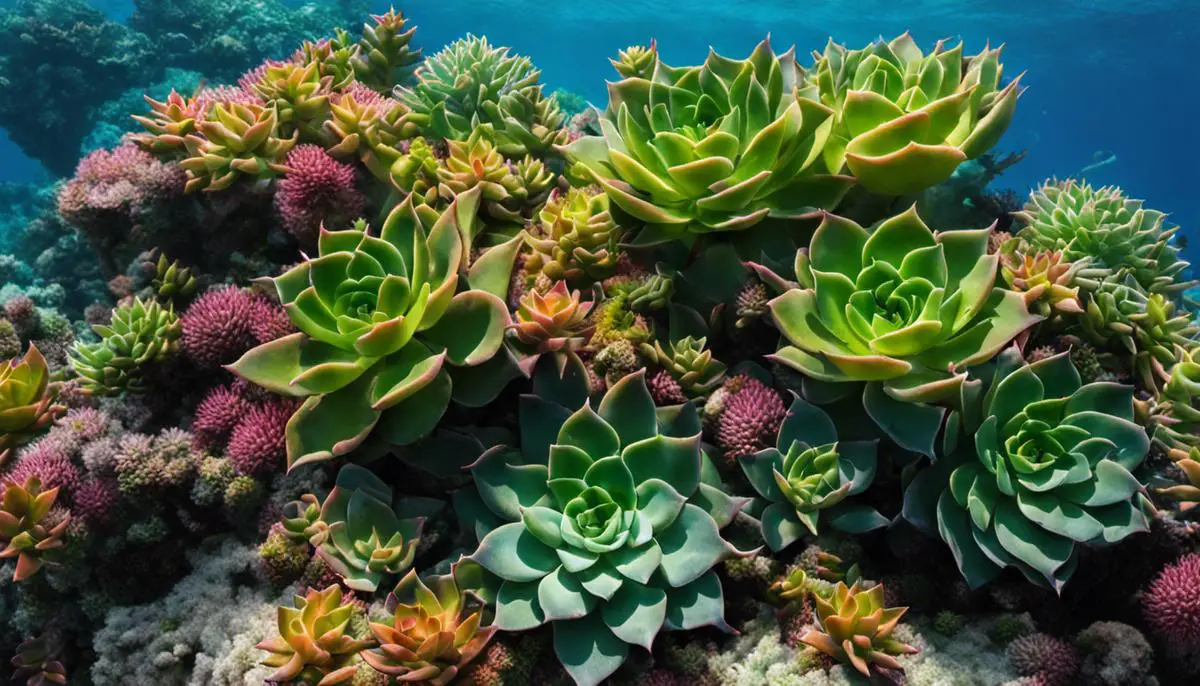
Pilea Peperomioides
Unusual Aesthetics of Pilea Peperomioides
The Pilea Peperomioides, colloquially known as the Chinese Money Plant, is a standout among houseplants with its distinctive round, pancake-like leaves. The unusual leaf shape is a characterizing feature, with the luscious green hue of its leaves further enhancing its aesthetically pleasing attributes. The leaves differ in size, with newer leaves being smaller and gradually growing to match the size of the older ones. The slender and elongated stalks that support the leaves give the plant a vibrant and dynamic appearance.
Prolific Propagation Process
Pilea Peperomioides demonstrates a fascinating growth pattern. It commonly sprouts new plants, called pups, from its main stem as well as from the soil in its pot, offering houseplant enthusiasts a chance to witness the remarkable lifecycle of this exotic plant. Its robust propagation makes Pilea Peperomioides a highly rewarding plant to care for. The plant parent can conveniently separate these pups from the mother plant once they have developed a healthy root structure, resulting in several independently growing Pilea plants.
Ease of Cultivation
Besides the added fun of propagation, Pilea Peperomioides is also quite adaptive, making it suitable for enthusiasts at any level. The plant is easy-to-care-for, needing moderate light conditions and well-draining soil. It can thrive in several environments and is also a great companion plant. However, while it is highly adaptable, the plant prefers semi-shade conditions and temperatures between 60 to 75°F. Under the right conditions, the Pilea Peperomioides can reach up to 12 inches in height.
Air-Purifying Attributes
Adding to its list of qualities, the Pilea Peperomioides also purifies the air by removing harmful toxins. Having these plants indoors can offer benefits for both physical and mental health. NASA’s Clean Air Study even acknowledged Pilea’s air filtering properties.
This unusual houseplant is far from ordinary. Its aesthetic appeal combined with easy propagation and low-maintenance requirements make the Pilea Peperomioides an unparalleled addition to your indoor foliage collection.
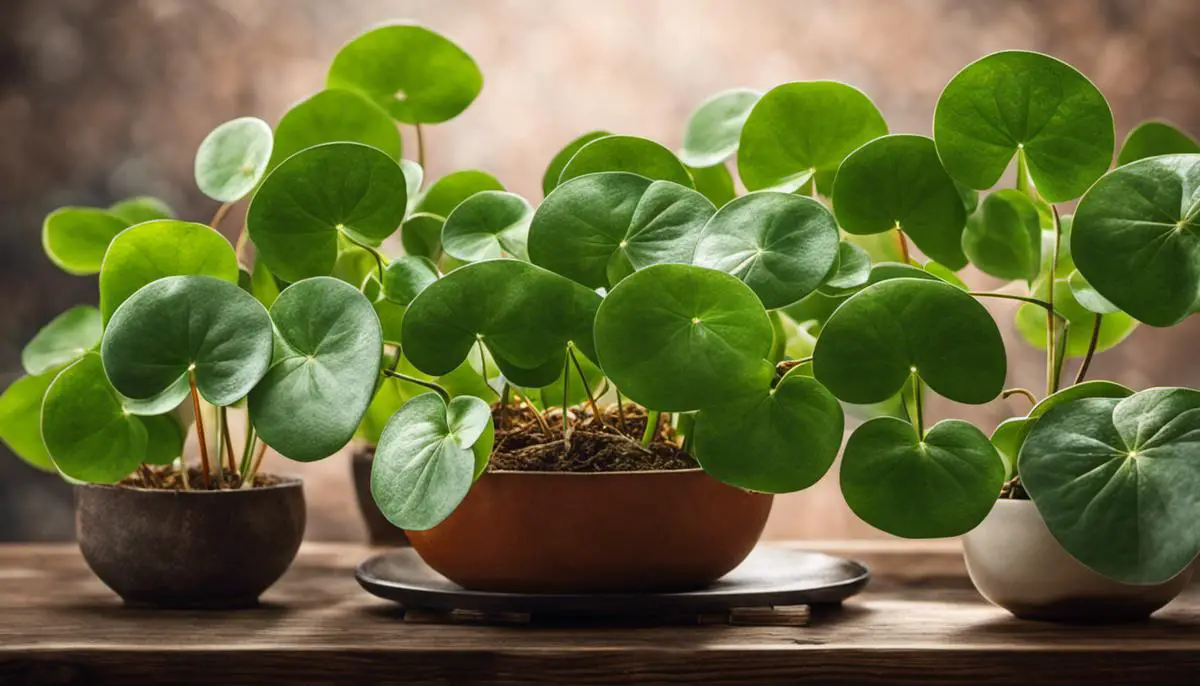
Tillandsia Xerographica
Understanding the Unusual: Tillandsia Xerographica
Also revered as the Queen of Airplants, Tillandsia Xerographica is a truly extraordinary addition to your houseplant collection. Native to the dry forest regions of Southern Mexico, Salvador, Guatemala, and Honduras, this plant thrives without the need for soil. As an epiphyte, it absorbs all its necessary nutrients through small structures on the surface of its leaves called trichomes, equipping it to survive in a range of environments.
An Eye-Catching Aesthetic
Few other houseplants can compete with the visual intrigue of the Tillandsia Xerographica. Its large and pronounced rosette shape, complemented by the unusual silvery curling leaves, makes a statement. Imagine waking up to the sight of this stunning display every morning? This isn’t your standard, run-of-the-mill houseplant.
The Lifespan of the Tillandsia Xerographica Flower
Another fascinating trait of the Tillandsia Xerographica is its flowering. Upon reaching maturity, usually around ten years, the queen of airplants will burst into bloom. It produces a stunning, strikingly colored flower that also emits a soothing fragrance. The flowering cycle can last several months, making it a long-lasting centerpiece of any indoor garden.
Plant Care: Keeping it Healthy
Tillandsia Xerographica, despite its unconventional growing habits, doesn’t require complicated care. For optimal growth, keep your plant in a brightly lit space with good air circulation. Water the plant by misting it with a water-spray bottle rather than traditional watering. Also remember, due to its epiphytic nature, never plant it in soil.
An Eco-friendly Choice
The cultivation of Tillandsia Xerographica is also a win for the environment. No deforestation is done for their collection, and they’re cultivated in a sustainable manner. Growing and caring for this plant is a rewarding way to embrace a bit of nature while respecting the ecosystems from which it originates.
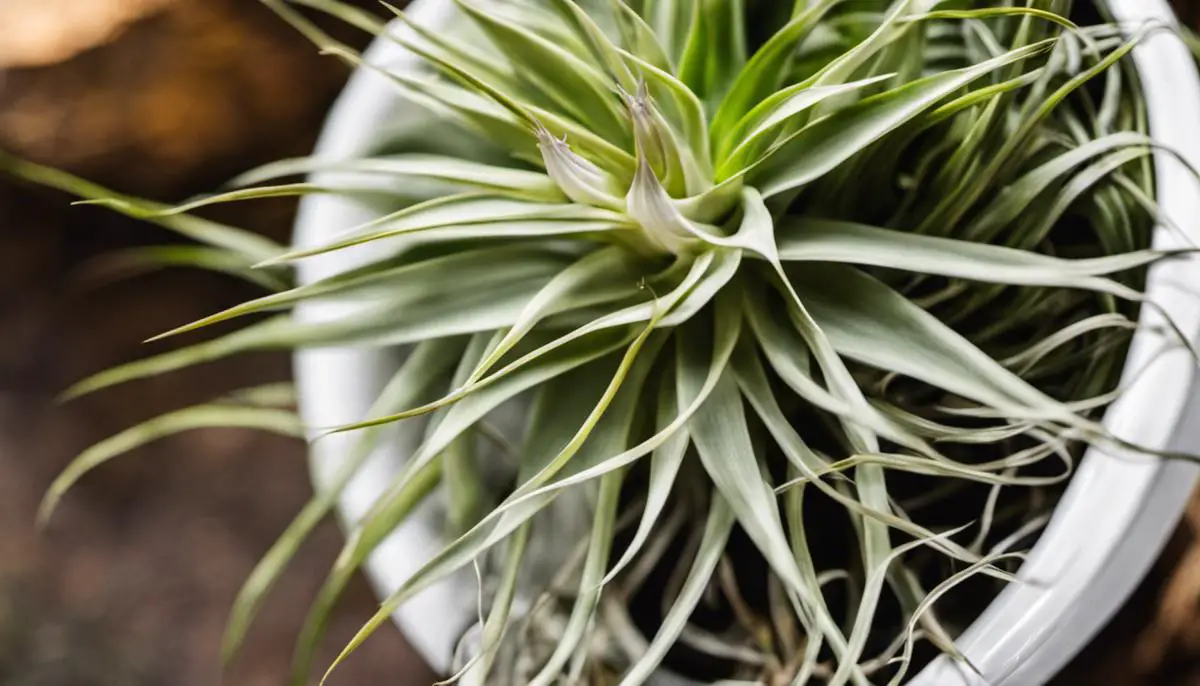
As we end our journey into the world of extraordinary houseplants, it’s clear to see that there’s much more to foliage than meets the eye. The Dolphin Succulent, Pilea Peperomioides, and Tillandsia Xerographica are intricately crafted by nature, each boasting an unusual design and unique method of survival. They possess an intriguing combination of aesthetics, adaptability, and resilience, challenging traditional notions of houseplants while creating stunning focal points in our homes. Embracing these unique houseplants in our collection is not just about adding a visual treat; it’s about tapping into the heart of biodiversity and the amazing possibilities nature presents.
